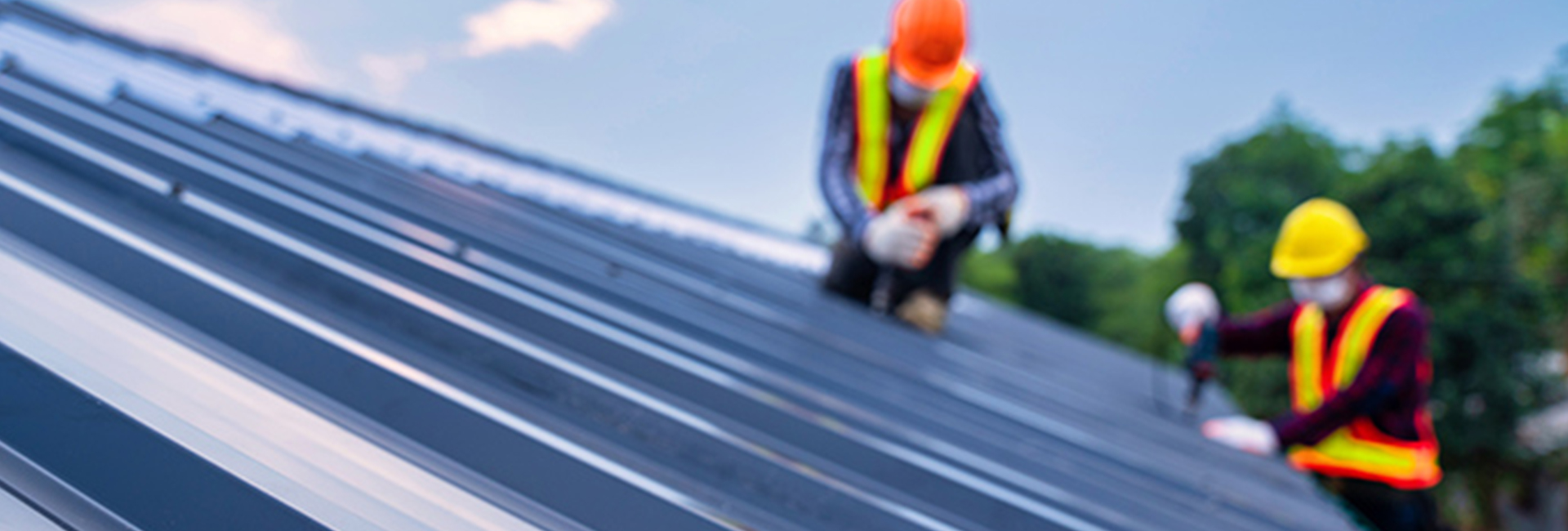Simple answer, in addition to being ductile, steel is also a safe and affordable metal. Therefore, using steel for construction comes with many benefits, namely, quick construction, prefabrication, reduced weight, architectural design and sustainability and while this list is not exhaustive by any means, as India’s top TMT bar company, we can affirm that steel is an essential component in construction activities.
If you are someone who wants to better understand the significance of steel in the construction process, then read on. We are an expert TMT bar company in India and we can help answer your questions effectively.
Reasons to use steel in construction
The use of steel in construction makes the process significantly easy, reducing the requirement of manual labour by 70%, which guarantees increased safety on the construction site owing to the lesser number of people. Furthermore, the material is prefabricated and, as a result, saves time. Especially in congested areas — steel frames are already completed and only need to be connected with bolts. They are strong and will provide the required support. Using steel ensures a faster handover.
Prefabrication of steel has always been the case. This attribute makes the construction process hassle-free, and there is minimal wastage. Especially with the use of 3D models and CNC machinery, TMT manufacturers are known to provide material of exceptional quality.
Optimal Strength with Minimal Weight
As a material, steel offers reduced weight to the building in comparison to concrete and also provides strength and stiffness. This means that the foundation of the building is lightweight but solid. This allows one to use smaller foundations on certain ground conditions that offer good support regardless of the size. The lightweight nature of this metal enables multiple refurbishments and extensions. Adding additional floors is easier when steel is incorporated into the structure.
Using steel as a designer's ally
Steel is a versatile material and can be called an architect’s best friend as it helps them design buildings that look unique yet remain functional. When working with steel, an architect possesses the freedom of choosing the design, colour, texture and shapes. For instance, an architect may choose to form curved members or slender members to enhance the design. This combination of strength and durability makes it a highly effective material to use.
Recycling Strength for the Future
It would interest you to know that steel is a highly sustainable metal. It is cost-effective, covers large spaces and is recyclable as well. For instance, in a steel-framed building, when demolished, the material can be used to produce different components. There is minimal wastage because at least 30% of the new steel today comprises recycled steel.
Enhancing Earthquake and fire Safety
Furthermore, buildings made using steel are fire and earthquake-resistant. As a result, people prefer to use the material in their construction in areas prone to earthquakes. Steel’s exceptional strength-to-weight ratio enables buildings to withstand seismic forces by flexing without breaking. Moreover, steel's non-combustible nature and high melting point make it inherently resistant to fire, offering crucial protection against structural collapse during fires. In combination with these two properties, steel structures provide comprehensive resilience against seismic as well as fire hazards, making steel used in building construction an ideal material choice.
Durability:
Steel bars for construction are essential components known for their durability, offering outstanding strength and wear resistance. They play a crucial role in reinforcing concrete structures, ensuring their integrity in diverse applications. The robustness of steel bars enables buildings and infrastructure to endure harsh environmental conditions, heavy loads, and seismic forces. This reliability makes them the preferred choice for reinforcing structures, guaranteeing long-lasting and resilient construction projects.
Cost-Effectiveness:
Steel stands out in construction for its cost-effectiveness. Its efficient fabrication process and recyclability minimize material waste and reduce construction time, translating to lower labor and project costs. Moreover, steel's durability and minimal maintenance requirements lead to long-term savings. Its versatility allows for flexible design options, optimizing space and reducing the need for additional materials. Overall, the benefits of steel in construction contribute significantly to cost-effective building solutions.
Easy to Transport:
Steel's easy transportability revolutionizes building construction. Its high strength-to-weight ratio allows for compact packaging and lighter loads, reducing transportation costs and environmental impact. Prefabricated steel components can be easily transported to construction sites, facilitating faster assembly and minimizing onsite labor requirements. This ease of transport enhances logistical efficiency and enables construction projects to be completed more quickly and cost-effectively, making steel a preferred material in modern building practices.
Also Read: The Guide To Buying The Best TMT Bars
Conclusion
The material’s adaptability and resourceful nature ensure that steel is the ideal choice of material for construction purposes. The possibility of building a variety of designs and spaces with different kinds of steel makes it an excellent and wise choice for construction. The sustainability factor is a win-win for the business and the planet. The versatility of steel in construction is unmatched, offering numerous benefits. Its inherent strength and ductility make it ideal for earthquake-resistant structures, able to flex and absorb seismic forces. Additionally, steel's non-combustible nature and high melting point render it fire-resistant, safeguarding against structural collapse during fires. These qualities combine to create buildings that are not only resilient in the face of natural disasters but also durable and long-lasting. The use of steel in construction ensures safety, sustainability, and cost-effectiveness in building projects.
Should you require any assistance in sourcing the right material for your construction, contact India’s top TMT bar company here.

